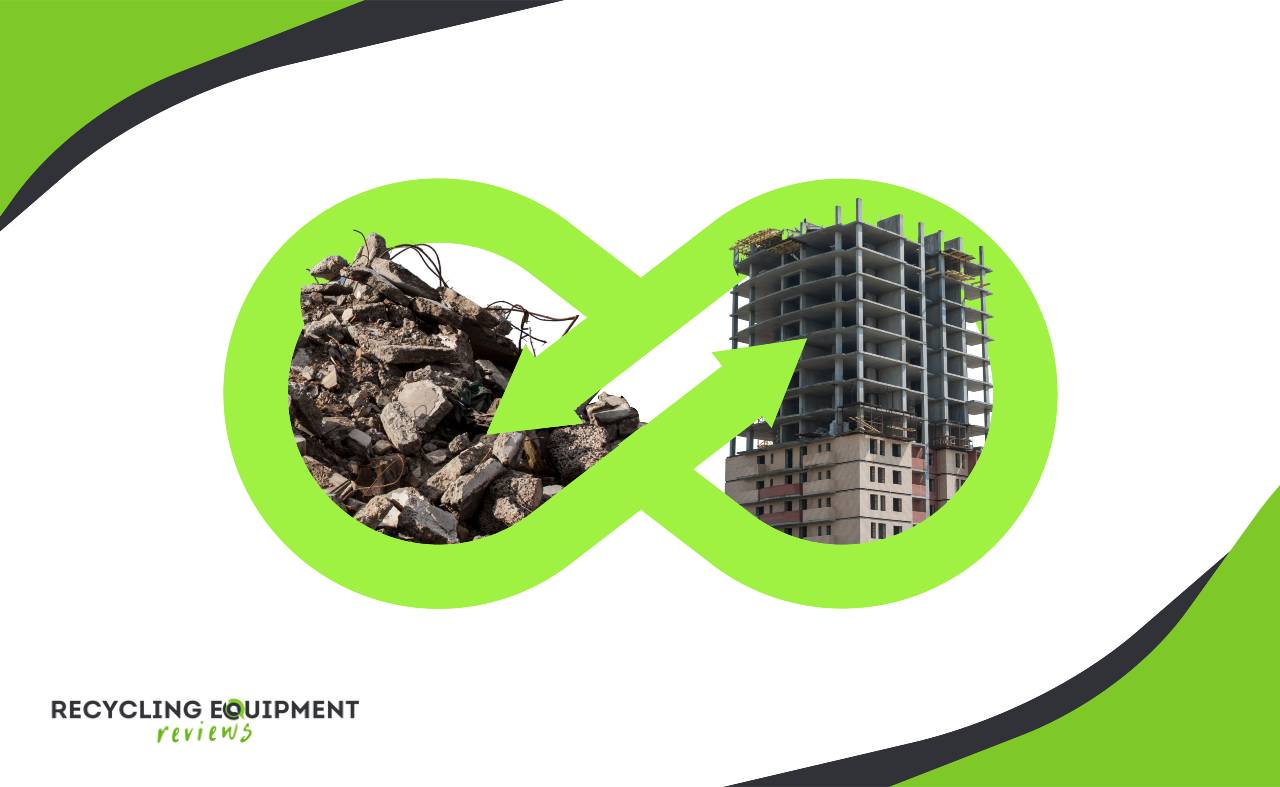
Construction waste is a big problem, and it has been on the rise in recent years. This is due to the increasing popularity of sustainable construction, which calls for using more recycled and reused materials. However, the truth is that not all construction materials can be reused. In this article, we will explore which materials can be used in the construction industry and why they are so important. Let’s get started!
Why should we reuse waste materials?
There are several reasons why you should reuse construction materials. For one, it’s environmentally friendly. Reusing waste construction materials instead of sending them to the landfill reduces the waste produced and sends a message that we value sustainability. It also helps us conserve resources since these materials can be used again and again without being recycled.
Another reason to reuse construction materials is that they’re often in high demand (due to their durability). When building or remodeling, there’s always a need for durable walls, roofing, flooring, and other components. By reusing these materials instead of purchasing new ones every time something needs to be replaced, you’ll save money on your projects and help reduce environmental impact too.
What materials can be reused in construction?
Depending on the project, many reused construction materials exist in the modern construction industry. Some common examples include wood, concrete, bricks, and tiles.
Wood:
Wood is one of the most versatile materials for reuse. It can be used for flooring, panels, beams, and other structural components. Reusing wood also reduces environmental impact because recycled lumber contains lesser amounts of toxins and pollutants than new lumber.
Concrete:
Concrete is another common material that can be reused in construction projects. It’s strong yet lightweight, making ideal building foundations and flooring systems. Additionally, concrete can be broken down into parts (mud, aggregate, or Portland cement) for use elsewhere in the economy.
Bricks:
Bricks are made from clay minerals and water, which means they’re durable and easy to work with once you have them extracted from the ground. They can form walls, ceilings, floors, and more. And like other reusable materials mentioned above, brick usage saves landfill space as well as energy costs during production.
Tile:
Tiles used for flooring, countertops, and other interior surfaces can usually be recycled and remade into new pieces. Try checking with your local tile retailer or contacting the tile manufacturer for more information on recycling options.
How can concrete be reused in construction?
Concrete can be reused in construction in several ways, depending on the type and condition of the concrete. Reused concrete can be used as a foundation or footing for buildings, roadways, bridges, and other structures. It can also be used to create walls and floors and foundations for electrical systems and other infrastructure. Alternatively, consider reusing old concrete as gravel or crushed stone for landscaping. This reduces the need for new materials and helps preserve natural resources.
When properly handled and processed, recycled concrete is safe for construction projects. On the other hand, care must always be taken during handling so that the material doesn’t crack or expand beyond its intended size. Concrete should only be mixed with water until it reaches a consistency that is still easy to work with (between four-and-a-half pounds per cubic yard). Once ready for use, freshly mixed concrete should not sit around waiting for orders – it should immediately start being poured into forms or molds.
What metal can be reused?
The most frequently recycled metals are aluminum, brass, bronze, cast iron, copper, steel, and tin. These metals make up over 75% of all recycling materials. In addition to being recyclable, these metals have many other benefits that can make them a practical choice for construction projects:
- Aluminum is light but strong enough to be used in building structures and vehicles. It also makes excellent window frames and roofing material because it’s resistant to corrosion and weathering.
- Brass is an alloy of zinc and copper with a beautiful reddish hue. It’s often used for decorative objects such as door handles and fittings, bowls ornaments, ornaments on church steeples, or headstones.
- Bronze is an alloy of copper with small amounts of zinc and manganese dioxide (a mineral). Its color ranges from pale yellow to dark brown due to the various traces of metal present in the mixture.
- Cast iron is one of the oldest types of metalworking tools still in use today; it can be made into anything from pots & pans to cannons & rifles!
- Copper has excellent electrical properties because its molecules are tiny compared to other natural elements. This means it can transmit electricity very well without experiencing any damage caused by current flow fluctuations like those seen with other materials like lead pipes.
- Steel is the most prevalent metal for recycling because it’s versatile and has many uses. It can be used to make everything from bridges to cars, and its recyclability makes it an environmentally-friendly option.
- Tin is also commonly recycled because it has a high melting point (meaning it can easily be converted into new products) and few environmental concerns related to its production or use.
What is the most reused material?
The most reused material in construction is steel. Steel is the most commonly recycled metal, accounting for over half of all recycling worldwide.
Steel has a long history of being used in building materials, dating back to ancient times when it was used to build weapons and tools. It’s still one of the most common metals used today because its strength, durability, and versatility make it a versatile choice for structural and non-structural applications.
In addition to being used in buildings, steel can be found in vehicles, bridges, ships, train tracks, and many other types of infrastructure. Because it’s versatile and durable, steel is often chosen over other materials when renovation or new construction needs to be done quickly and efficiently.


